Hi, I'm Yongqiang Deng
Postdoctoral Associate at The University of Western Ontario, Canada. I work on optical fiber sensors, additive manufacturing, and I&C for energy industry.
Highlights
Designing optical fiber sensors for the energy industry.
- Academic positions
- Industry collaborations
Research
My research focuses on advanced sensors and I&C that address critical technology gaps for monitoring and controlling existing and advanced energy facilities.
- Optical fiber sensors
- Instrumentation and Control
- Structural health monitoring
- Additive manufacturing
- Optical fiber sensors for advanced reactors
- Optical fiber sensors for energy storage
- Additive manufacturing for advanced sensors
Publications
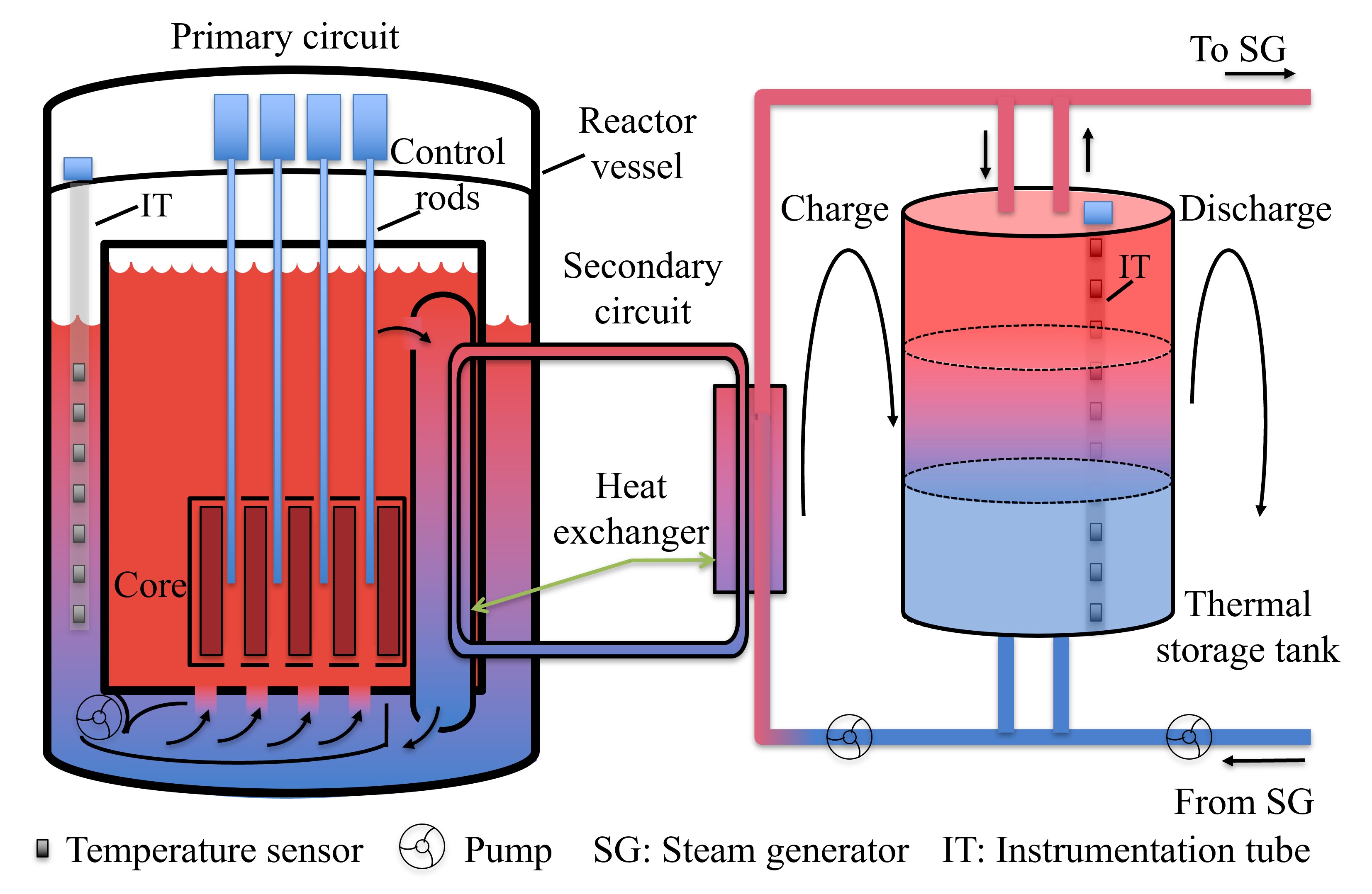
Abstract
A novel multipoint optical fiber temperature sensor architecture has been proposed to address temperature measurement problems often encountered in SMRs (small modular reactors) and thermal energy storage (TES) systems. This new sensor can be submerged into working fluids to acquire reliable in-situ temperature measurements for multiple locations simultaneously. The spatial resolution of the measurement locations can be controlled by the spacing of Fiber Bragg Gratings (FBGs). This multipoint sensor utilizes interlaced conductor-insulator-conductor sheath design to provide high speed of response and reduce probe-induced thermal smearing. This sensor is particularly suited for capturing nonuniform temperature distributions during transient operations of an SMR and a TES, where the thermocline needs to be accurately monitored. This paper describes the principle of the sensor design, thermal and heat transfer analysis by finite element analysis, and experimental evaluation using wax to create a phase change environment to mimic properties of molten salts often found in advanced SMRs and TES. Both numerical analysis and experimental investigation have confirmed that the proposed multipoint optical fiber sensor can achieve reliable and accurate in-situ temperature measurements in environments where traditional temperature sensors, such as thermocouples, are cumbersome to be used.
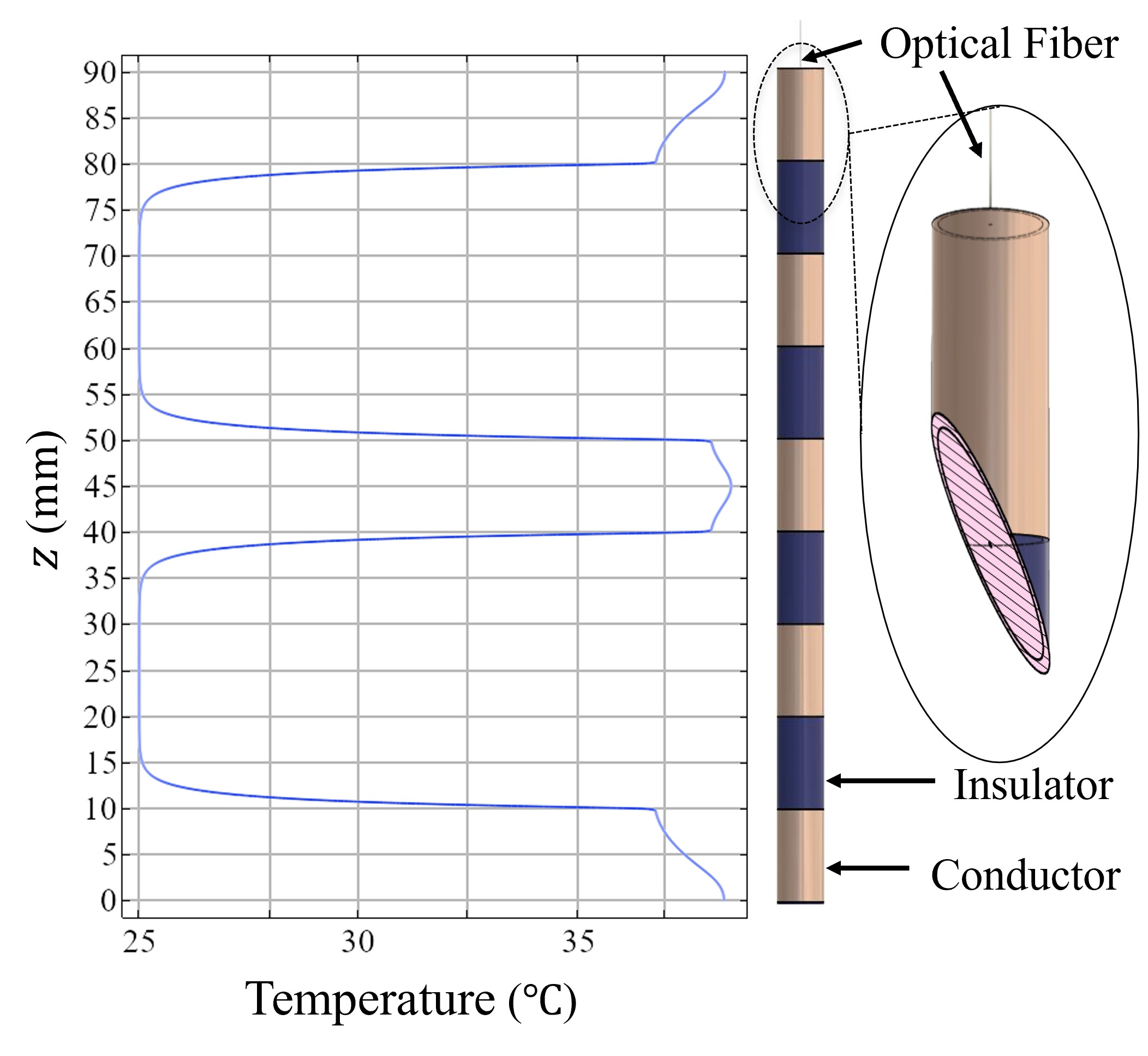
Abstract
This article presents design, analysis, and experimental validation of a novel multipoint optical fiber sensor (OFS) probe of high spatial resolution. The probe incorporates an innovative interlaced thermal conductor-insulator-conductor (CIC) architecture to mitigate effects of thermal smearing that often occur with the sheath in existing probes. This design ensures minimal thermal resistance between the sensor elements and the measurement environment. The design is backed by a detailed thermal analysis and computer simulation. Three prototype probes are constructed and tested in realistic environments to validate the design concept and evaluate the probe performance in transient and steady-state conditions. The results confirm the unique features of this design and its superior performance in achieving high spatial resolution in simultaneous measurements of localized temperatures in nonuniformly distributed thermal fields.
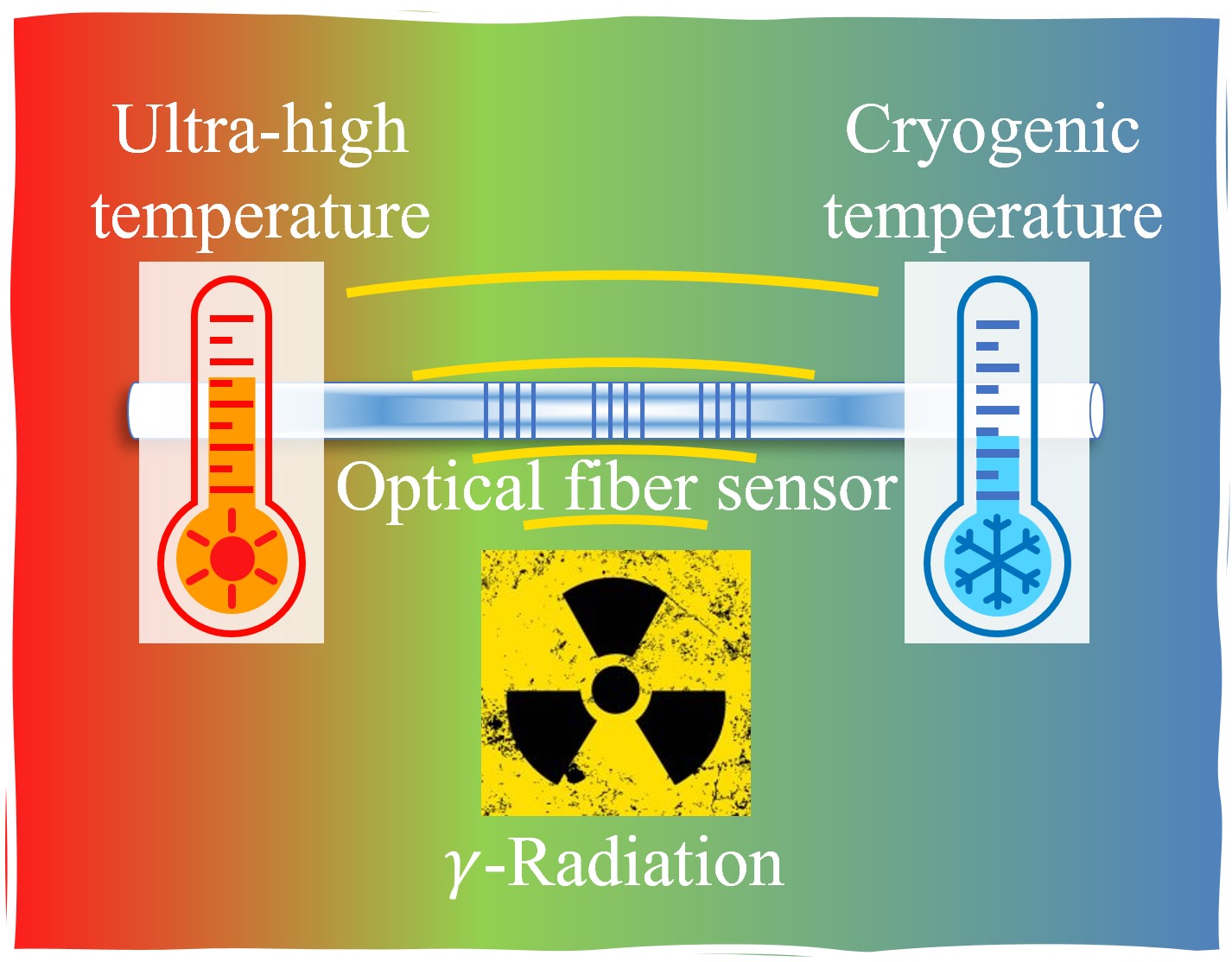
Abstract
This paper presents a comprehensive review of optical fiber sensors (OFSs), including FBG, distributed optical fiber sensors, and Fabry–Perot interferometers, and their applications within harsh environments, which include extremely high temperatures (from 275 °C to 1750 °C) and low temperatures (from −271.15 °C to −40 °C, namely cryogenic conditions: from 2 K to 233.15 K), and high levels of ionizing radiation. After a brief introduction of the principles of OFSs and mechanisms of interrogation, this paper focuses on the existing works for the above three operating environments. Attention has been paid to material selection for fabricating fibers, effects of doping with rare earth elements, femtosecond laser engraving, preprocessing and postprocessing (i.e., annealing) that are employed to overcome issues faced by OFSs in extreme temperatures and radiation environments. Application examples and practical test cases are also presented. Through these examples, the limitations in the current state of the art are acknowledged and the key problems are identified. Potential solutions to some of these problems are also elucidated. A feature of this paper is the amalgamation of many research methodologies and outcomes in three seemingly distinct environmental conditions in one place so that different solution techniques can be integrated to advance OFS technologies, especially for extreme environment applications.
Projects
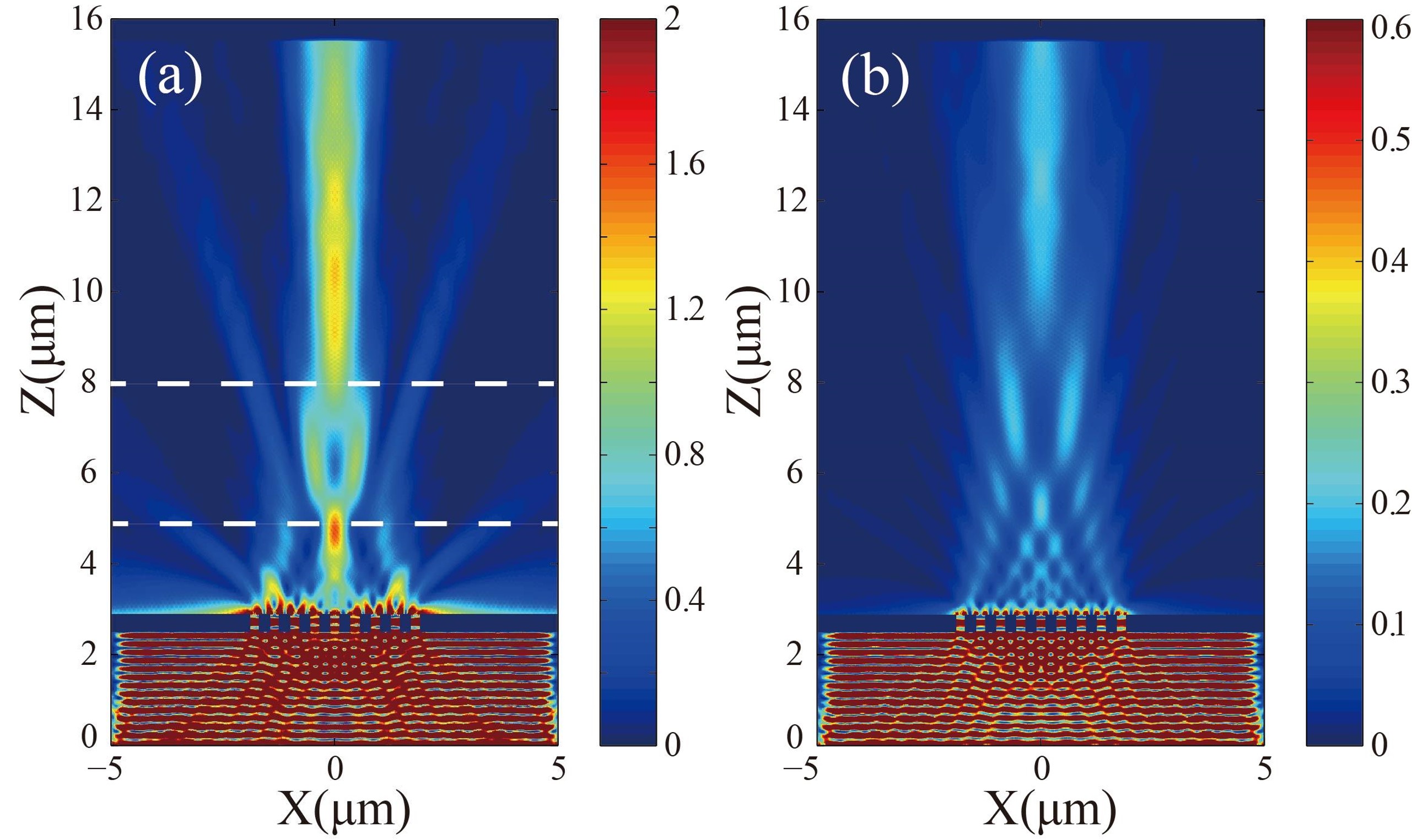
Description
A plasmonic lens composed of a dielectric-filled nanoslits structure on an aluminum film is proposed and experimentally demonstrated. The slits’ structure is designed with equal distance, length, and width, but filled with varying thicknesses of SiO₂ dielectric for specific phase retardations. A dual focused ion beam instrument is employed to mill the slits and deposit SiO₂ into the slits. The phase modulation by SiO₂-filled slits is illustrated by a double-slit interference experiment. The light-focusing behavior of the fabricated plasmonic lens is experimentally characterized by a scanning near-field optical microscope. Experimental results show good agreement with the simulations.
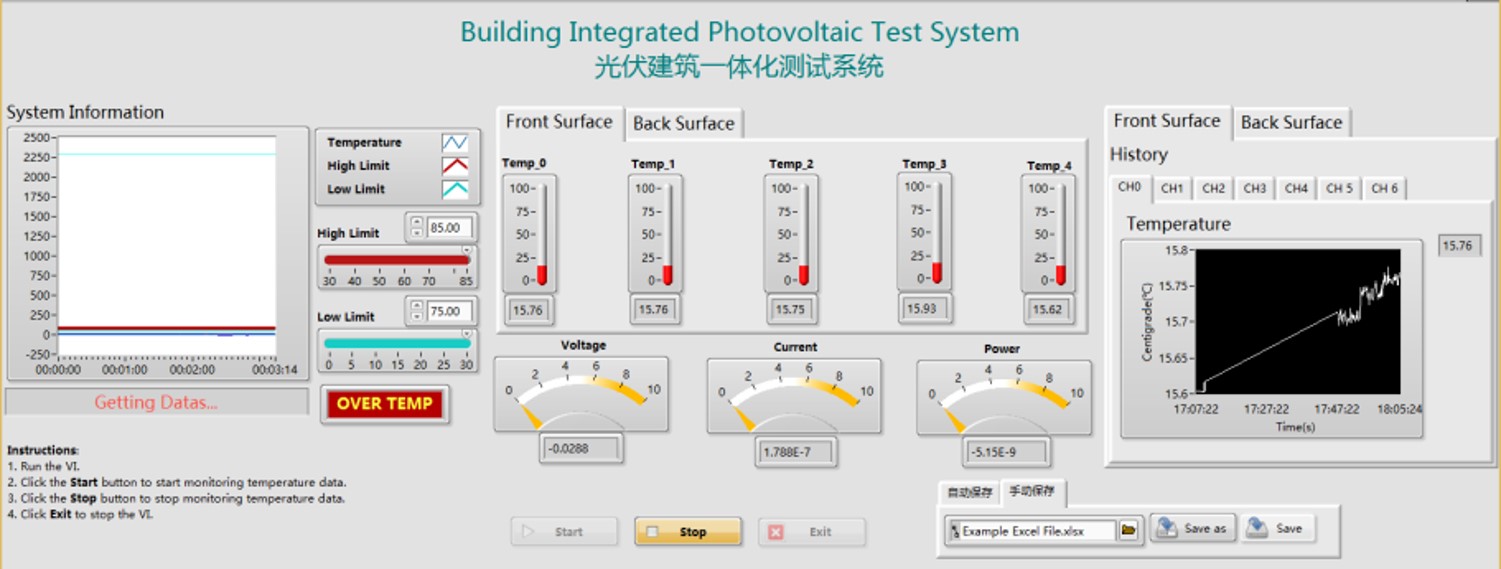
Description
The test system monitors ten temperatures from the front and back of a solar panel and also logs the electrical outputs of the panel.

Description
The system is designed to monitor and control the lab-scale wastewater treatment process.
Teaching
- ECE 4439B — Conventional, Renewable, and Nuclear Energy (TA Winter 2019–2021, The University of Western Ontario)
- MSE 2202 — Introduction to Mechatronic Design (TA Winter 2019, The University of Western Ontario)
Curriculum Vitae
Contact
Email: ydeng92@uwo.ca
Office: Room 329, Thompson Engineering Building, The University of Western Ontario, London, Canada